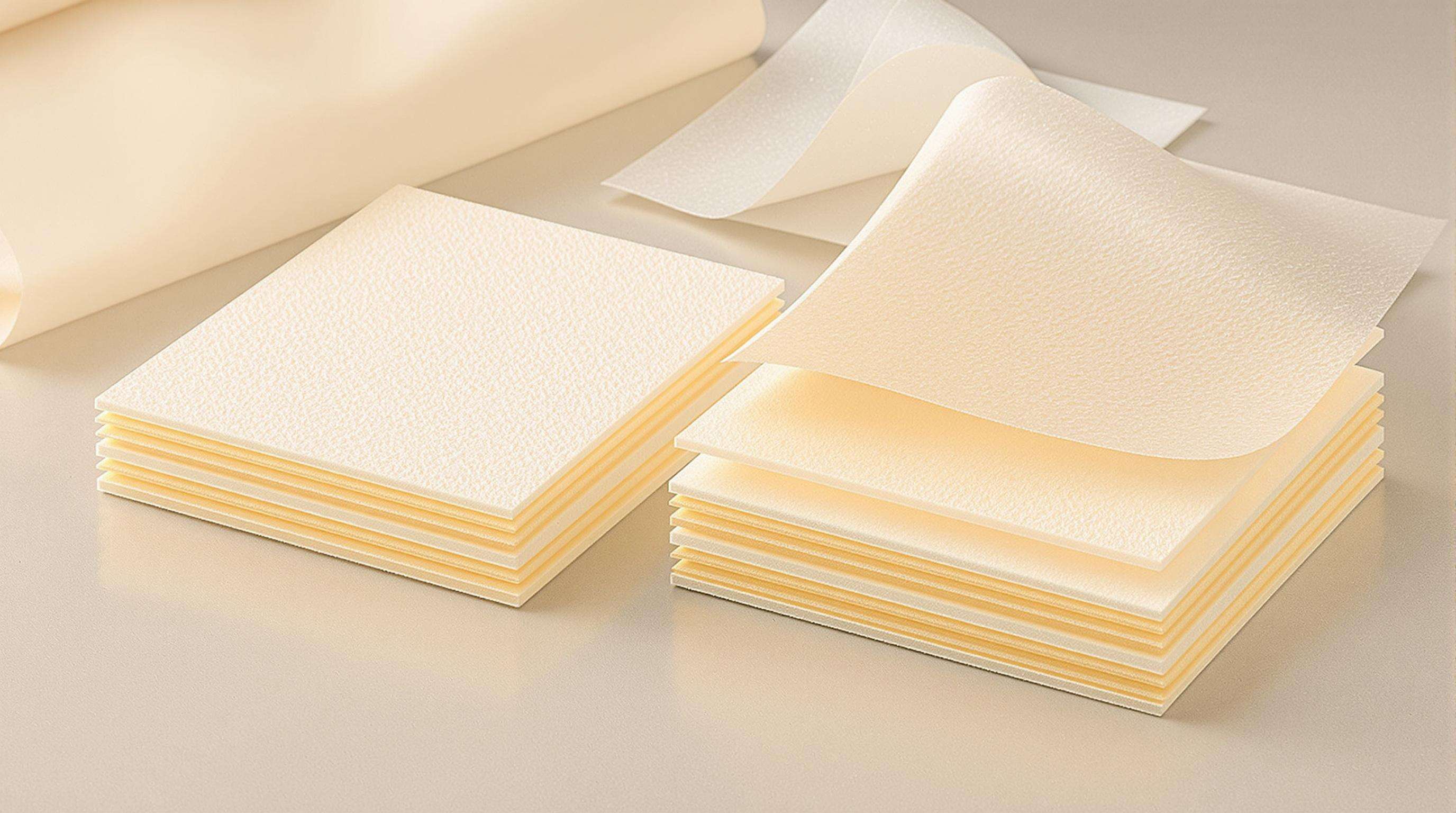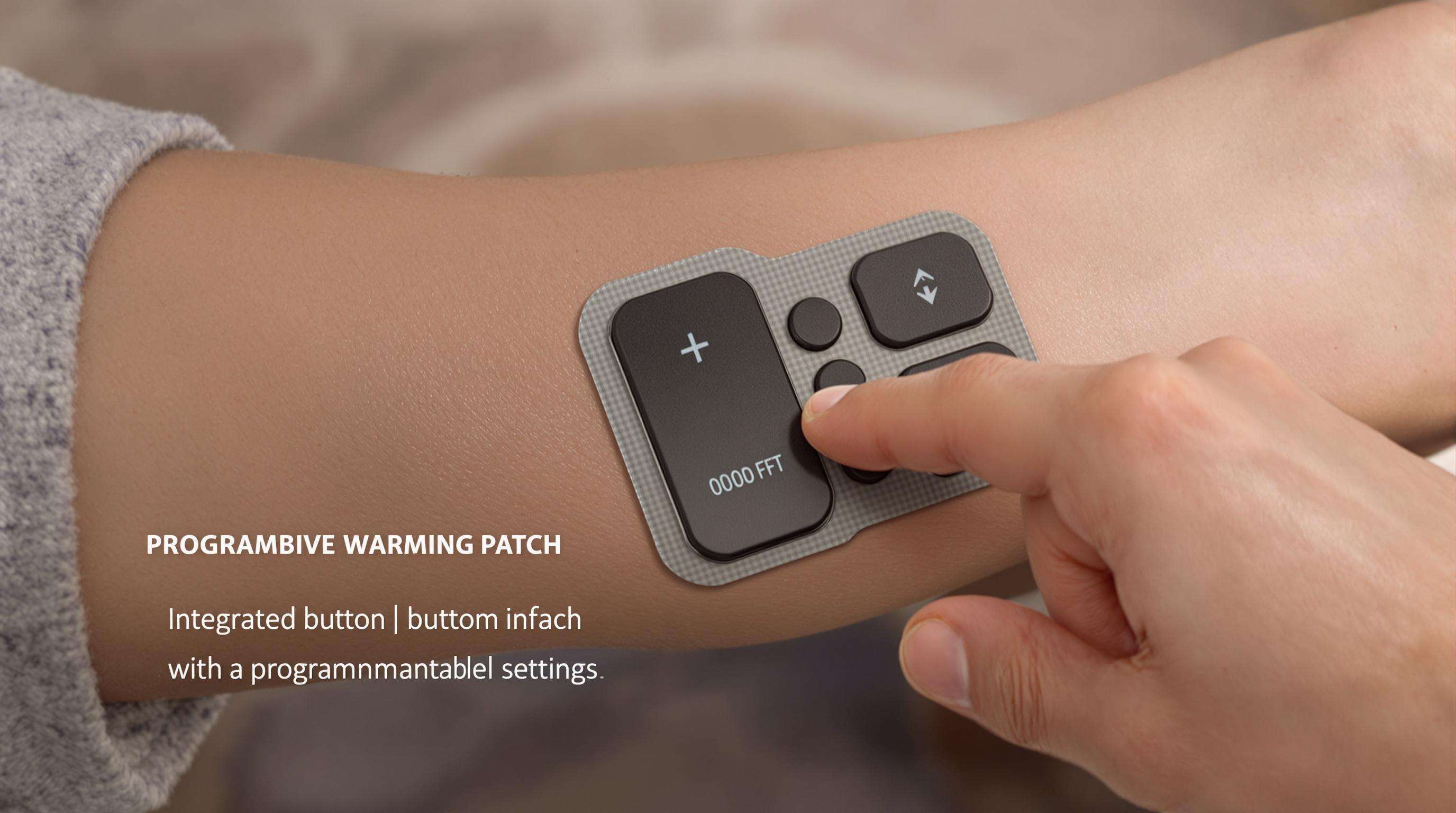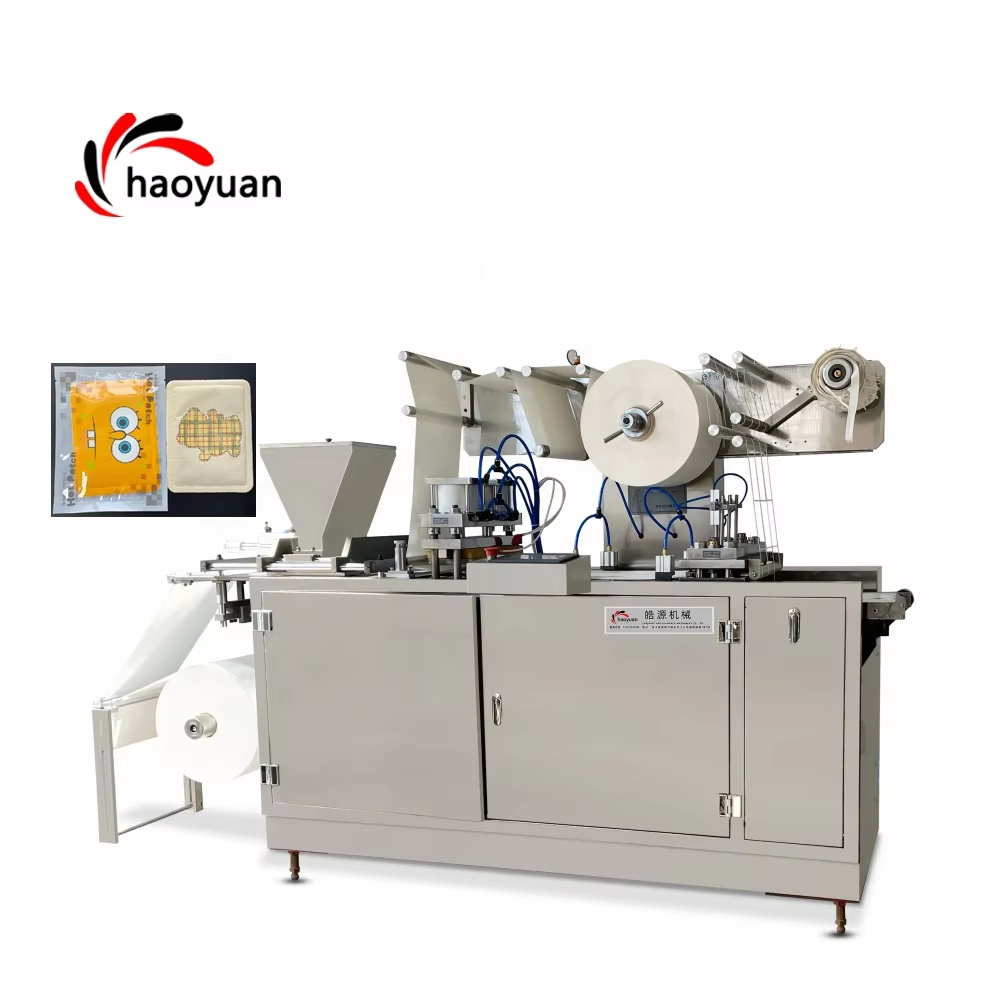Warming patches rely on advanced materials to balance heat retention and user safety. Their operational duration directly correlates with the thermal properties of polymers, conductive elements, and insulation layers.
Thermo-responsive Polymer Formulas and Thermal Efficiency
Today, thermo-responsive polymers are in the spotlight of the new generation of warming patches, and the market leaders are phase-change materials (PCMs) such as paraffin wax and fatty acids. These PCMs have latent heat capacities of 210–230 J/g (Nature 2023), affording 6–8 hours of constant release of heat. Their stepwise melting behavior (at 55–67°C) enables a multi-stage energy release that can increase the available heat supply by up to 23% compared with single-PCM configurations.
Conductive Layer Variations: Heat Transfer Mechanisms
Conductive layers translate stored energy into targeted heat distribution. Recent trials highlight bismuth telluride alloys as optimal for thermoelectric patches, achieving 94% conductive efficiency when paired with copper electrode strips (TechBriefs 2023). Graphene-infused fabrics are emerging as alternatives, reducing lateral heat loss by 40% through anisotropic thermal pathways.
Thickness and Density: Material Case Study Outcomes

| Material Property | Impact on Heating Duration | Efficiency Trade-off |
|---|---|---|
| High-density PCM | +35% heat retention | -18% flexibility |
| Ultra-thin design | -22% longevity | +29% body conformity |
| Layered structure | +50% cyclic stability | +12% production cost |
Denser paraffin composites extend active heating to 9 hours but require thicker form factors. Case studies show 1.2mm-thick patches optimize heat duration (7.3 hours) while maintaining wearability for 87% of users.
Technological Features Impacting Warming Patch Heating Time
Programmable Heat Settings and Duration Customization

Heating pads featuring programmable controls allow you to easily set the maximum, appropriate temperature for heat therapy without worrying about how long the heating pad should be on. A 2019 investigation of thermal management systems found that energy use rises 35% as you go from the lowest to highest heat modes, and it adds 2-4 hours of warmth. But long term high intensity use does increase battery aging up to 20% on standard lithium ion cells. Advanced technology patches address this trade-off by using multi-stage heating algorithms that modulate power sharing on-the-fly in response to the skin temperature.
Auto-off Sensors: Balancing Safety and Sustained Heating
Modern patches feature integrated thermal cutoffs that enable circuits to shut down when abnormal temperature rise or abnormal skin contact is sensed. Recent analysis by these sensors shown presentation of them results a 92% reduction in overheating and a retention of 85% of programmed heating cycle. The feature uses redundant microsensors to detect overheating and to distinguish between hazardous malfunctions and harmless overheating associated with extended dwell at the end of the job.
Industry Paradox: Energy Efficiency vs Maximum Heat Output
Manufacturers face a critical challenge: enhancing thermal output often requires sacrificing battery longevity and operational efficiency. Data from thermal regulation studies reveals optimizing patches for maximum heat:
| Energy Efficiency Priorities | Maximum Heat Output Requirements |
|---|---|
| Reduced electrical energy consumption | High-power heating elements |
| Short preheating duration | Rapid temperature escalation |
| Minimal battery degradation | Continuous thermal transfer capacity |
| Lower operational costs | Enhanced temperature uniformity |
Leading prototypes now use phase-change materials that store latent heat during low-demand intervals, achieving 12% longer runtime without increasing power draw.
Physical Design Principles in Warming Patch Performance
Surface Contact Efficiency: Size and Flexibility Factors
Efficacy of warming patches depends on maximizing the area of skin contact, along with anatomical conformability. Patches larger than 150 cm² tend to lose 12-18% of thermal transfer efficiency partly due to air gaps in the movable parts of the body and patches smaller than 60 cm² failed to provide full therapeutic heat coverage. New ergonomic testing finds that 85-90 Shore A curved polymeric matrices provide better contact on joints at 92% heat-retention rate during movement than harder (cano shaped) designs.
Textile Integration Methods Affecting Thermal Conductivity
Methodologies for bonding that are sufficiently advance for deposition of Cu-centric electrodes directly on textiles but that do not negatively impact the textile flexibility have been developed. The integrated conductive threads also retain 89% of the thermal conductance of stand-alone metal foils, while decreasing the risk of delamination by 63%. Yet, manufacturers encounter crucial trade-offs: Silicone encapsulation enhances the moisture durability at the cost of 22% lower heat output (0.41 W/cm² vis-à-vis 0.53 W/cm² in un-encapsulated designs).
Power Source Dynamics for Warming Patch Heating Duration
Battery Capacity and Consistent Thermal Regulation
Battery capacity directly determines warming patch heating duration, with larger cells sustaining thermal output 2-3 times longer than standard designs. Recent studies show lithium-polymer batteries in the 500-800 mAh range maintain stable temperatures (±2°C variance) for 6-8 hours in therapeutic heating applications (ScienceDirect 2024).
Energy Conservation Technologies in Modern Patches
Leading manufacturers now implement adaptive power algorithms that reduce energy waste by 30-40% without sacrificing heat output. Key innovations include:
- Pulse-width modulation adjusting current flow based on skin contact sensors
- Phase-change material (PCM) layers storing thermal energy during inactive periods
- Low-voltage heating circuits (3-5V) compatible with wearable power banks
Field tests demonstrate these technologies extend operational time by 45 minutes per 100 mAh compared to conventional designs.
Environmental Factors Influencing Warming Patch Effectiveness
Ambient Temperature Sensitivity and Compensation Systems
Warming patches demonstrate 18-23% reduced heating duration in environments below 10°C (5°F) compared to room-temperature conditions. Advanced compensation systems now integrate dual thermistors to track both skin contact points and surrounding air temperatures, automatically adjusting energy distribution.
Moisture and Barrier Integrity: Case Study Analysis
Moisture exposure represents the primary cause of heating time inconsistencies, with humid environments (≥70% RH) accelerating oxidation in electrode layers by 3×. Leading manufacturers now employ multi-stage encapsulation, including hydrophobic outer textiles and graphene-enhanced adhesives, extending continuous operation by 22 minutes during moisture-rich conditions.
Manufacturing Quality Control in Warming Patch Consistency
Production Tolerances and Heating Time Variability
Precision manufacturing tolerances directly determine warming patch heating time consistency across production batches. Variations exceeding ±5% in conductive layer thickness can create 20-30 minute runtime discrepancies. Facilities adhering to ISO 13485 quality standards show 92% fewer heating duration outliers compared to non-certified producers.
FAQ
How do phase-change materials affect the thermal efficiency of warming patches?
Phase-change materials (PCMs) like paraffin wax and fatty acids offer a stable release of heat lasting 6-8 hours through their latent heat capacities. They optimize thermal efficiency by increasing heat supply by up to 23% compared to single-PCM setups.
What are the benefits of using graphene-infused fabrics in warming patches?
Graphene-infused fabrics can cut down lateral heat loss by 40%, thanks to its anisotropic thermal pathways, offering a remarkable solution for efficiently capturing and directing thermal energy.
Why is battery capacity crucial in determining warming patch heating duration?
The battery capacity plays an essential role because a larger capacity ensures sustained thermal output, effectively prolonging heating duration and guaranteeing stable temperature regulation.
Table of Contents
- Thermo-responsive Polymer Formulas and Thermal Efficiency
- Conductive Layer Variations: Heat Transfer Mechanisms
- Thickness and Density: Material Case Study Outcomes
- Technological Features Impacting Warming Patch Heating Time
- Programmable Heat Settings and Duration Customization
- Auto-off Sensors: Balancing Safety and Sustained Heating
- Industry Paradox: Energy Efficiency vs Maximum Heat Output
- Physical Design Principles in Warming Patch Performance
- Surface Contact Efficiency: Size and Flexibility Factors
- Textile Integration Methods Affecting Thermal Conductivity
- Power Source Dynamics for Warming Patch Heating Duration
- Battery Capacity and Consistent Thermal Regulation
- Energy Conservation Technologies in Modern Patches
- Environmental Factors Influencing Warming Patch Effectiveness
- Ambient Temperature Sensitivity and Compensation Systems
- Moisture and Barrier Integrity: Case Study Analysis
- Manufacturing Quality Control in Warming Patch Consistency
- Production Tolerances and Heating Time Variability
- FAQ




